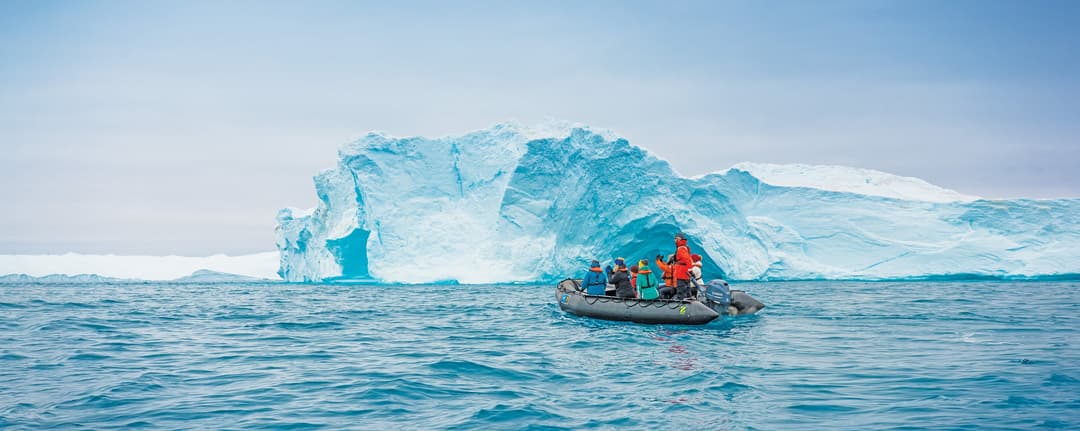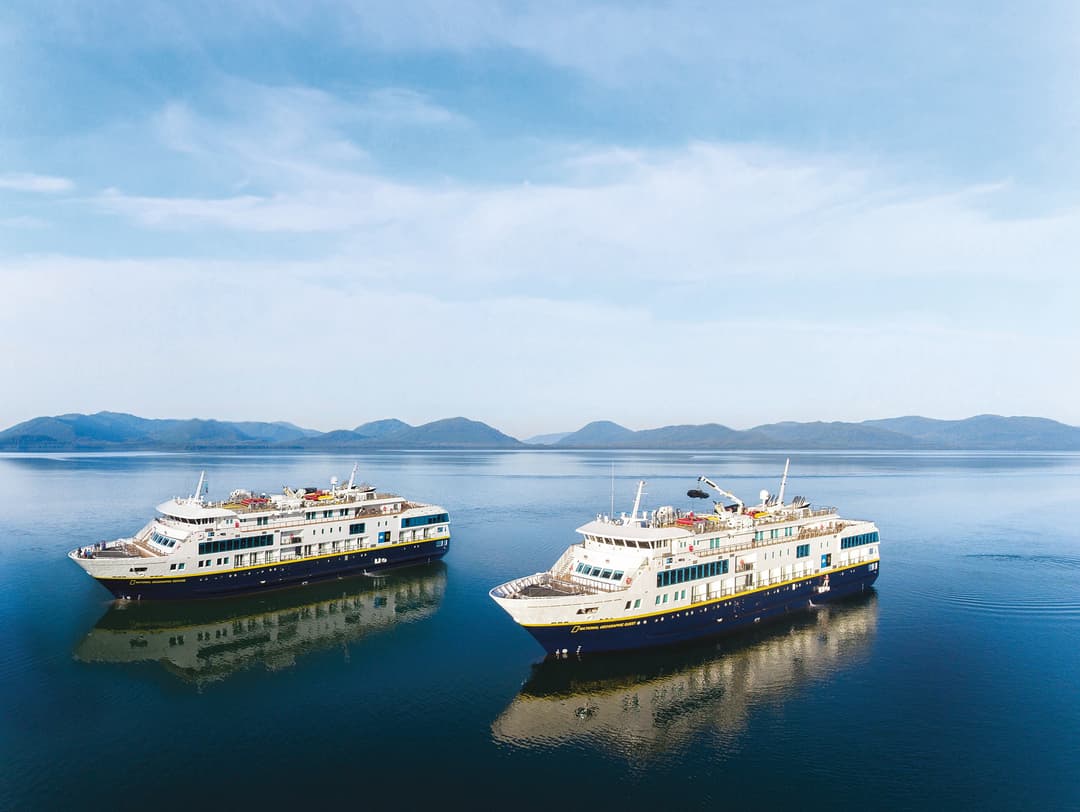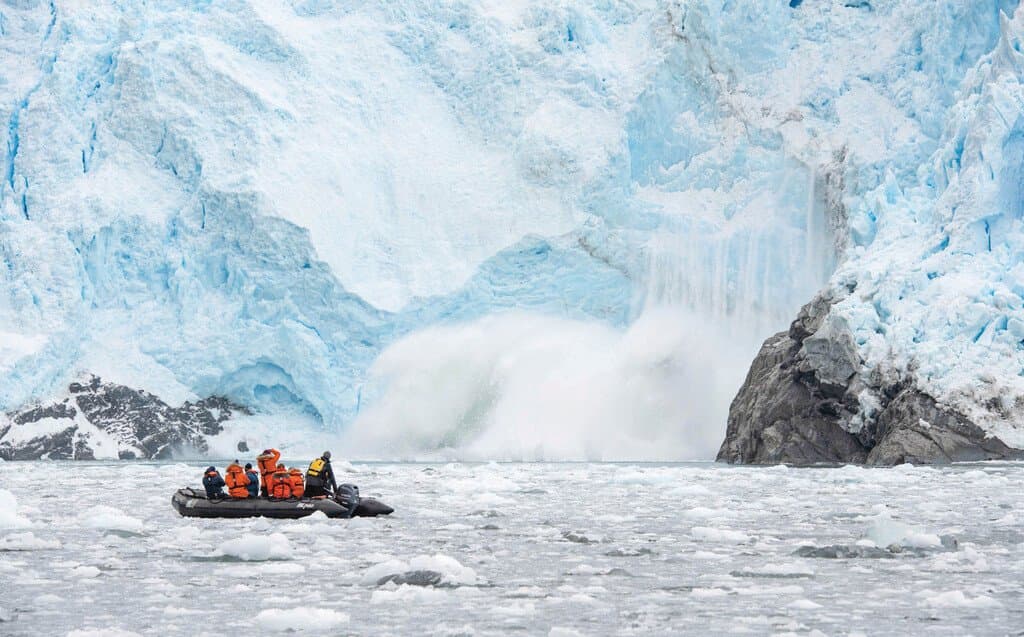Alaska vs. Baja California: Wild Wonderlands of the Pacific Coast
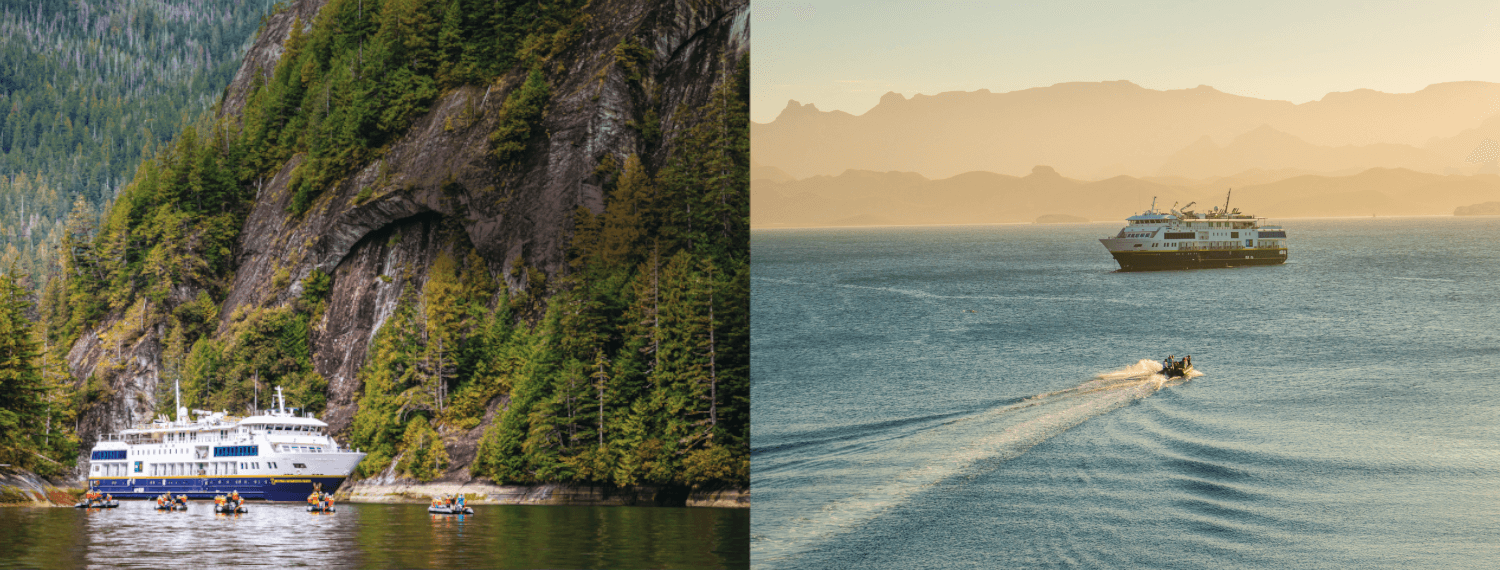
Wild and rugged Alaska is a surefire favorite when it comes to close-to-home destinations that feel a world away. But Northeastern Mexico’s Baja California Peninsula is equally enchanting when you venture beyond the bustling border cities and resort towns to the remote desert isles in the Gulf of California.
Comparing these two destinations, one may expect a stark contrast between the sandy beaches of Baja California and the winding fjords of Southeast Alaska, but they have a surprisingly high degree in common. Rest assured that there’s no wrong choice; these islands and inlets teem with the most incredible wilderness experiences North America’s west coast has to offer.
Both have captivated Expedition Leader John Mitchell, who has spent several of his off-seasons living in La Paz—the capital city of Baja California Sur—and estimates he’s sailed to Alaska no less than 500 times. On his first trip, Mitchell recalls approaching through a thick fog, permeated only by distant humpback whale songs. “When the skies cleared, it was as though I was seeing heaven for the first time,” he says. “I don't think I’ve ever lost that feeling.”
As for Baja California, it’s a long-time favorite for Lindblad Expeditions staff. According to Mitchell, “the landscape and way of life have touched every one of us who’s been there.”
Below, we draw on more than 40 years of unparalleled experience navigating the hidden gems of each region to help you decide on the perfect Pacific expedition—or at least which one to take first.
Climate & Travel Season
Alaska’s ecosystem—misty, old-growth forests of fragrant Sitka spruce and cedar—thrives thanks to excessive rainfall, while the desert canyons and sprawling sand dunes of Baja California are a result of the exact opposite.
Alaska: Lush Temperate Rainforest
Southeast Alaska is best experienced between May and September, when temperatures tend to stay between 50-70° Fahrenheit. Though, they can drop into the 40s the closer we get to towering tidewater glaciers. Alaska is also home to the world’s largest continuous coastal temperate rainforest, Tongass National Forest, where warm ocean currents, high rainfall, and mild temperatures collide.
Photo: David Vargas
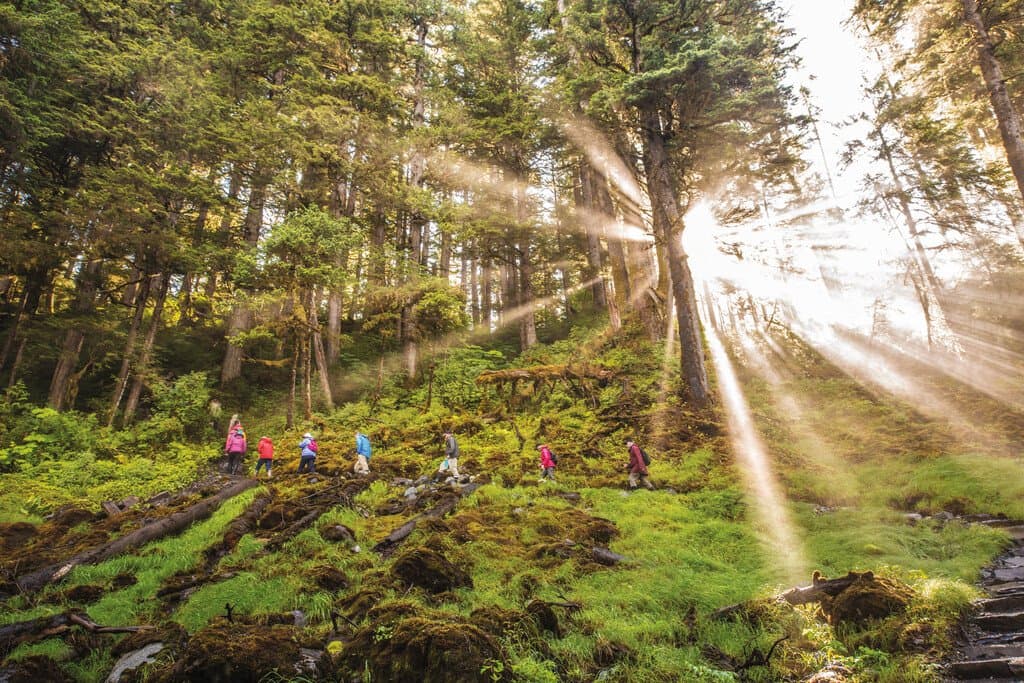
Baja California: Arid Subtropical Desert
From December through April, when we travel to Baja California, the weather is generally warm and sunny, with daytime temperatures ranging from 60-70° Fahrenheit. At night, when the wind picks up, temperatures can drop down into the 50s. Be prepared with the same layers you might pack for a mild Alaskan summer.
Photo: Stewart Cohen
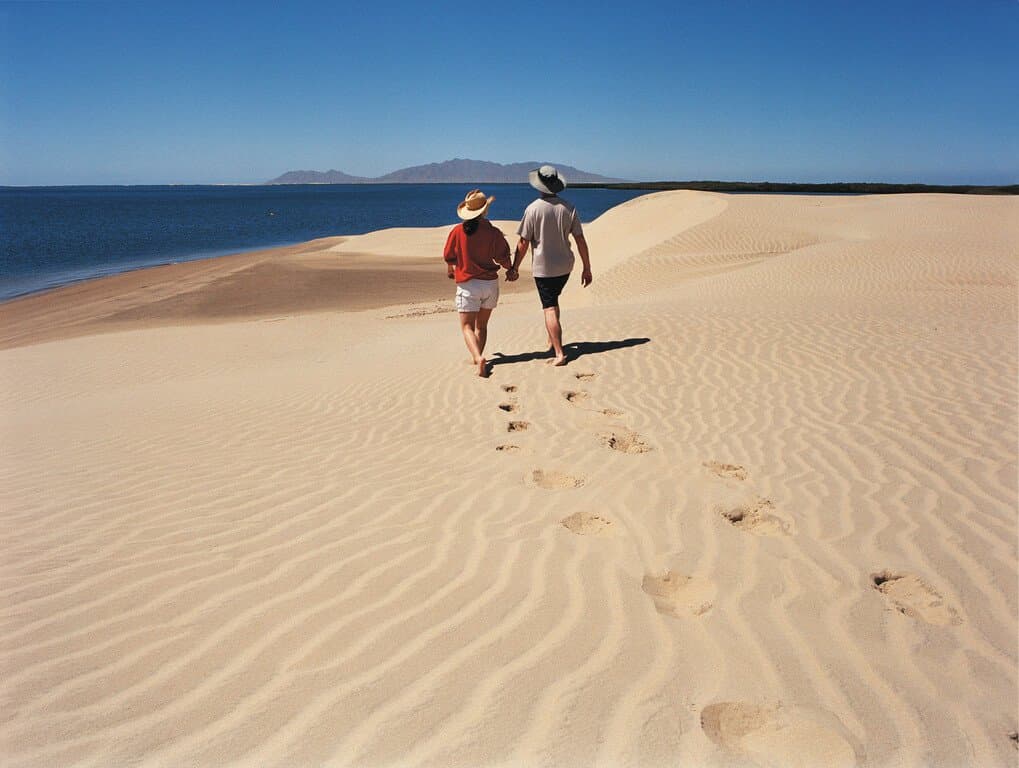
Wildlife & Biodiversity
Both Alaska and Baja California are surrounded by some of the most productive waters in the world; Jacques Cousteau famously nicknamed the Gulf of California “the world’s aquarium.” Though they’re made up of two totally different ecosystems, they have both created perfect conditions for myriad marine life. For proof, look no further than the migration patterns of humpback and gray whales. “We have a very good chance of seeing the same whales from Alaska in Baja California on a different season,” says Mitchell. “Using whale-spotting apps like Happywhale, we can even learn their names and histories.”
Alaska: Bears, Bald Eagles & Unique Whale Behaviors
Wildlife spotting in Southeast Alaska often feels like a scene straight out of a nature documentary. Here, massive brown bears charge through cascades to catch salmon, bald eagles soar just overhead, and humpback whales partake in bubble-net feeding, a fascinating synchronized hunting technique found in few other places on Earth. Other common encounters include orcas, Steller sea lions, sea otters, mountain goats, and puffins. Not to mention the myriad, interesting creatures living in Alaska’s icy waters–from giant Pacific octopus to colorful nudibranch–which you’ll discover through the eyes and video footage of our onboard undersea specialists.
Photo: Emily Mount
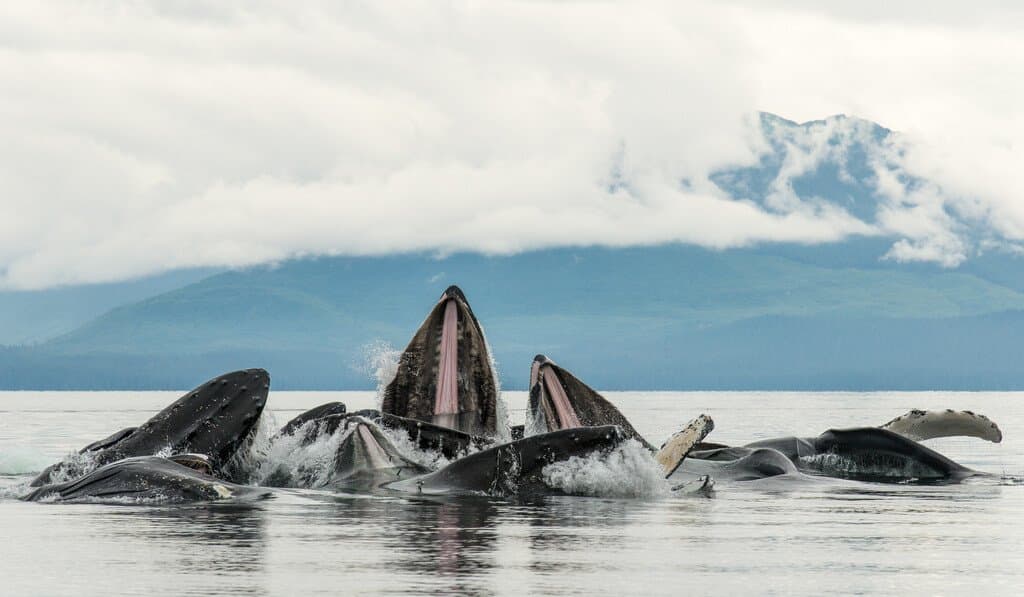
Baja California: Endemic Species, Seabirds & Underwater Abundance
The Gulf of California harbors 39% of the planet’s marine mammal species and a third of all cetaceans, making for some very thrilling—and frequent—encounters. In these productive waters, humpback whales breach, graceful mobula rays fly through the air, and our ships regularly attract swarming superpods of acrobatic dolphins. Mitchell even saw his first-ever blue whale there, swimming alongside the National Geographic Sea Bird—at nearly two-thirds the length of the 150-foot ship. Gray whales, another highlight of the region, are gregarious here and often surface right next to the panga boats we use to venture into the birthing lagoons.
Up on the pristine desert isles that dot this vibrant sea, there is a surprising wealth of natural wonders to discover as well. Nearly a quarter of the Peninsula’s plant species are endemic, like the creeping devil cactus, which can “crawl” as far as two inches per year. On remote Isla San Pedro Martir, the world’s largest colonies of blue-footed and brown boobies return to roost on what seems like every surface of the island—at least those that haven’t been claimed by California sea lions.
Photo: Alberto Montaudon Ferrer
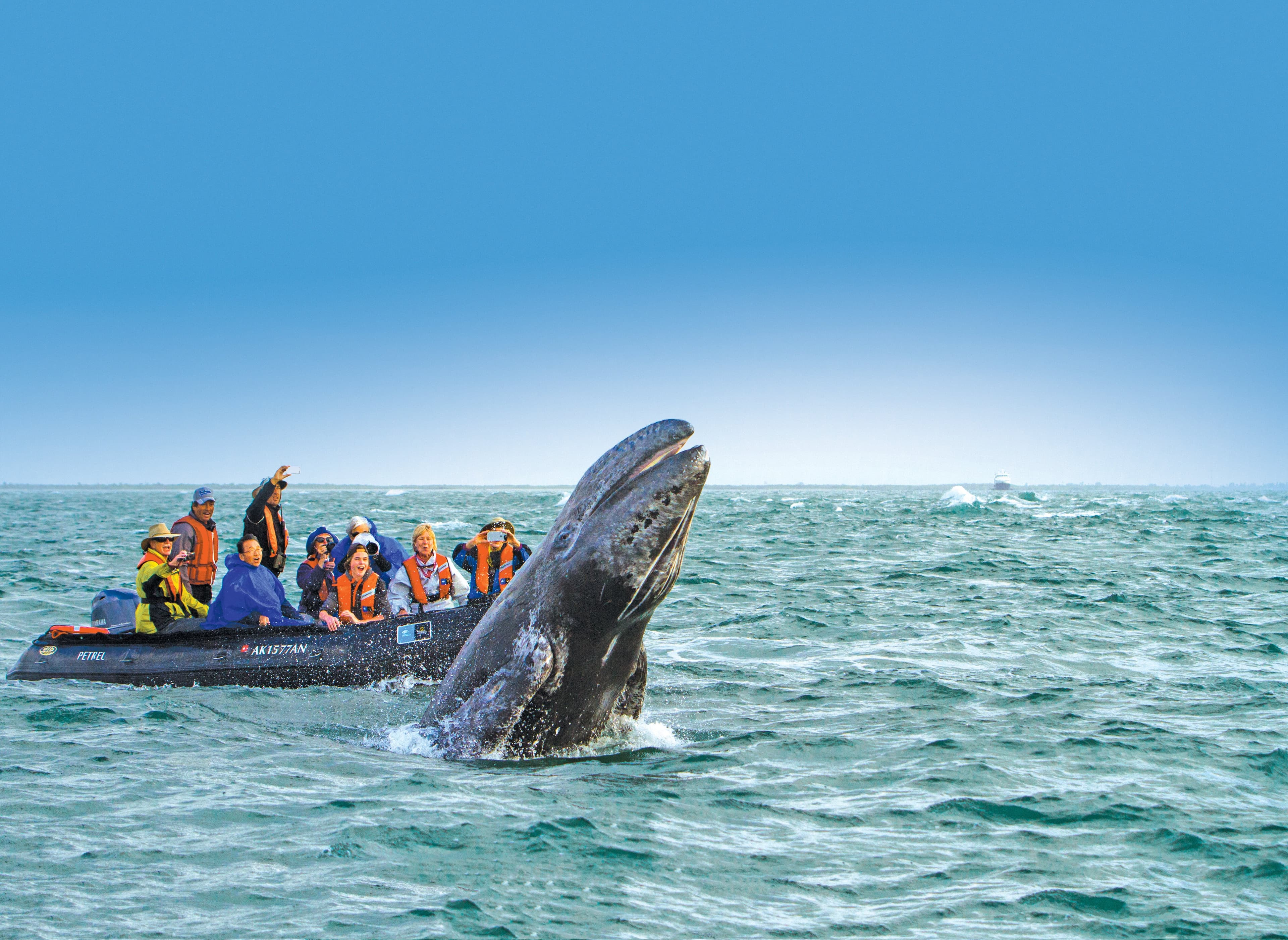
Wilderness & Adventure
Though both Alaska and Baja California are relatively close to the continental United States, they truly seem worlds away. As Mitchell puts it, “it's like walking out our own back door into somebody else’s yard.” Each destination offers plenty of options for every level of adventurer—from a peaceful stroll on shore to a strenuous hike up to a viewpoint more than worth the work. This flexibility also makes both trips perfect for multi-generational families. For kids and teens, check out the National Geographic Explorers-in-Training program—available in both locations—and get ready for their screen time to reach a record low.
Alaska: An Adrenaline-Spiking Glacial Playground
Alaska’s Southeastern coast is characterized by rugged, rocky coastal areas with sheltered fjords. Zodiacs can navigate the narrow channels to get up close to calving glaciers and thundering waterfalls. Kayak or stand-up paddleboard in quiet coves surrounded by bergy bits, or learn to spot carnivorous plants in the muskeg. Because Alaska is prime bear country, there might be a bit less opportunity for solo exploration onshore, instead excursions will move in small groups for safety.
Photo: Michael S. Nolan
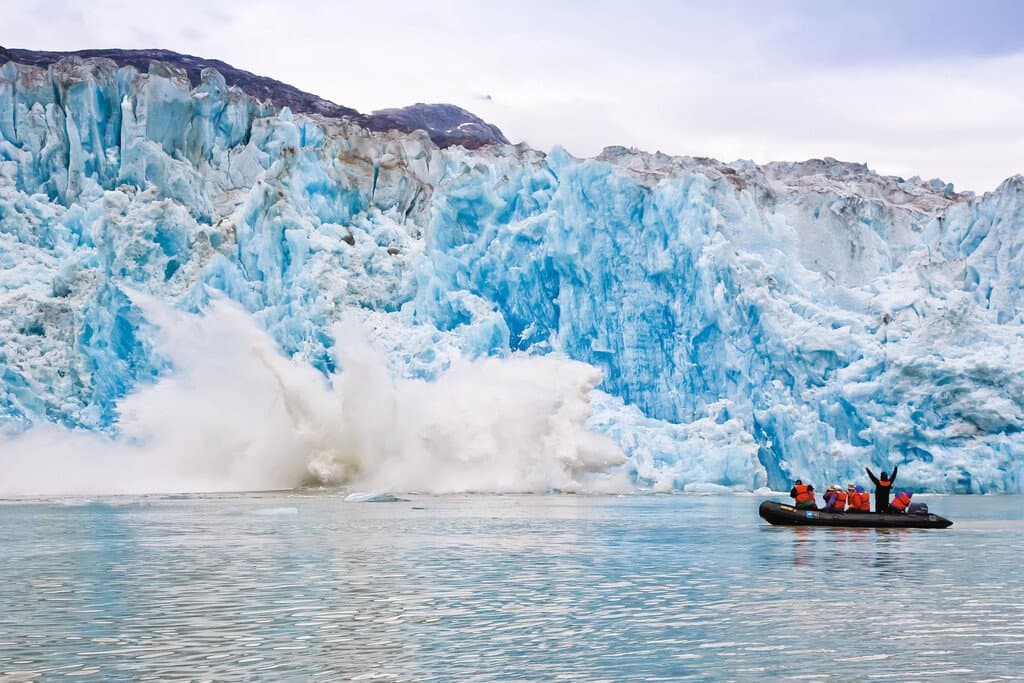
Baja California: A Land of Contrasts
The sheltered Gulf of California tends to be calm, with winter water temperatures between 65-70° Fahrenheit. Snorkel with playful sea lions and leaping mobula rays. If you’d rather stay above the surface, take one of the stand-up paddleboards or kayaks into mangrove tendrils or secluded sea caves in pursuit of serenity. On land, escape into the pristine desert that sits in the middle of the sea, hiking along bulbous red rock canyons, glistening white sand dunes and bursts of blooming wildflowers. And of course, soak up the absolutely legendary sunsets this region gifts to its visitors.
Photo: David Vargas
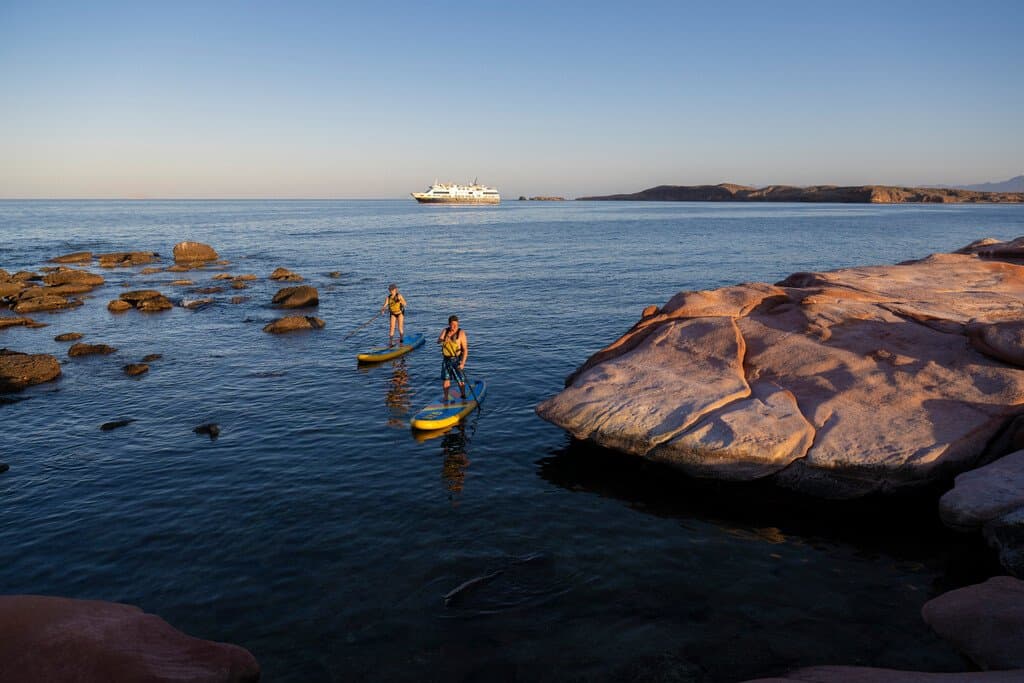
Culture & People
Though the National Geographic-Lindblad Expeditions team takes pride in having access to remote lands and nature reserves that tend to host more scientists than tourists, our itineraries never leave out visits to lively cultural centers and charming coastal towns for mutually rewarding encounters with the locals.
Alaska: Ancient Native Villages & Friendly Fishing Towns
Learn from Tlingit and Haida elders, for whom stewardship of their native lands is a way of life. Or stop in Petersburg on Mitkof Island, which was settled by Norwegian fishermen in the 1890s and still maintains a Scandinavian feel. Mitchell is particularly fond of one of the local bookstores there; the warm-hearted staff always equip him with an armful of books to read throughout the season.
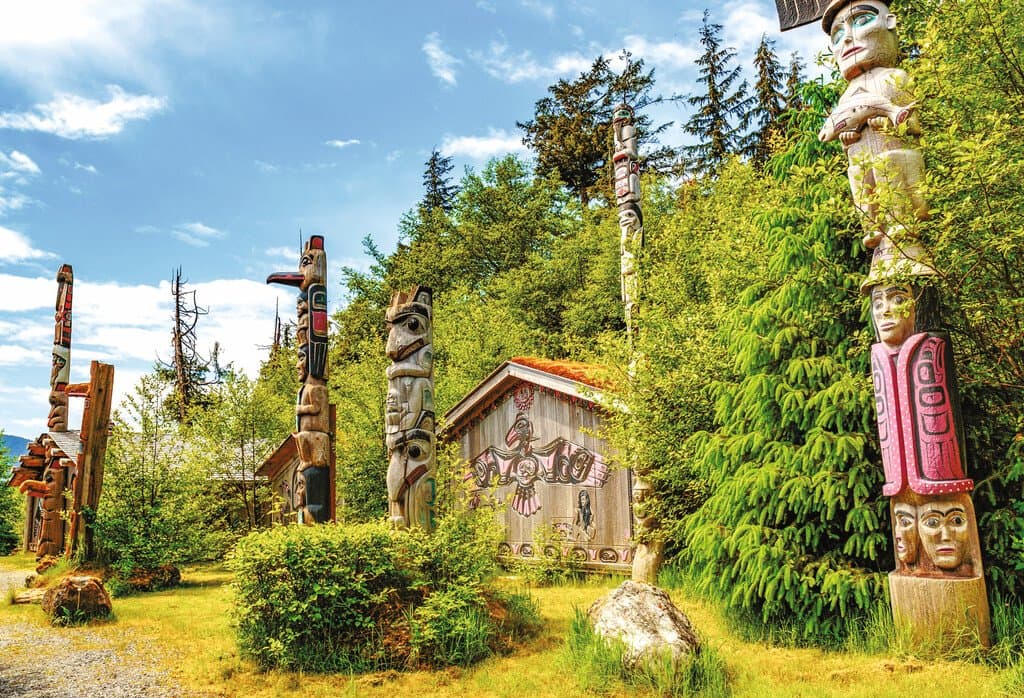
Baja California: A Celebration of Mexican Art & History
“Baja culture” blends indigenous tradition, Spanish exploration, and mainland villages. Tour a 17th-century church and its museum in Loreto, the first Spanish colonial city built on the peninsula designated Pueblo Mágico, or “magical town.” In La Paz, the capital of Baja Sur, the Malecón offers four miles of waterfront promenade that passes more than a dozen statues. Mitchell recalls going out to dinner on his first expedition there in the 1990s. “There was a mariachi band playing, and the air smelled of mesquite…I felt so at peace that I didn’t want to leave.”
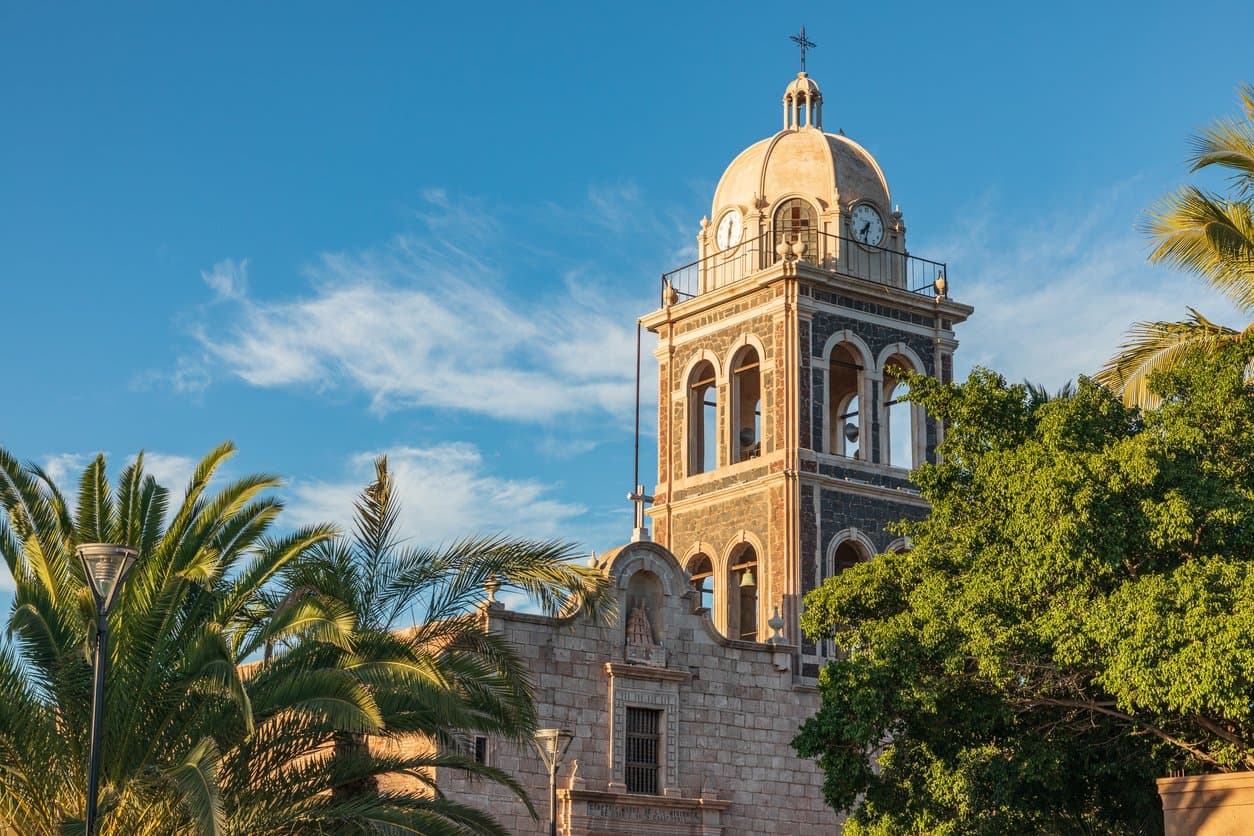
Main image (left): Honeymoon Cove, Baja California, David Vargas
Main image (right): Owl Pass, Alaska, Evan Thornton
Featured Itineraries
Related Articles
